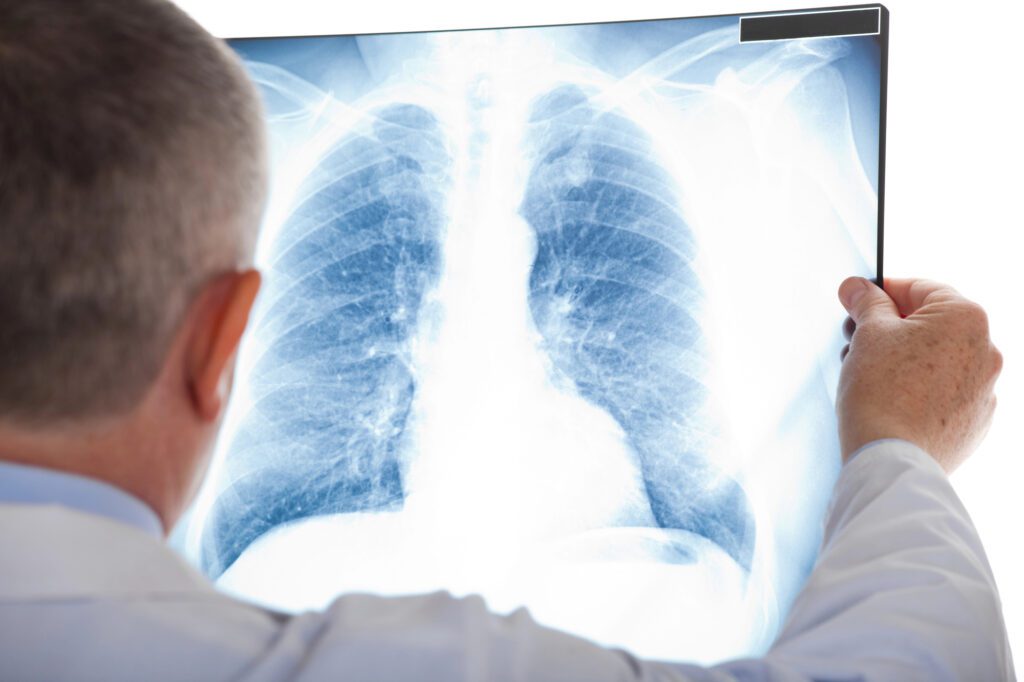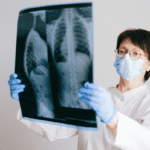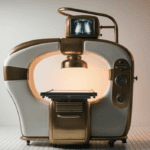New handheld portable X-ray machines are poised to revolutionize the healthcare landscape, offering unprecedented flexibility and accessibility in diagnostic imaging. X-ray machines today are no longer just confined to hospital settings but also venturing into diverse environments such as remote locations, sports events, and military settings.
But why is it so important for radiology professionals to keep up with these innovations, and how do continuing education (CE) courses help them achieve their goals? In this blog, let’s explore everything from the significance of handheld portable machines to the role of CE courses in making radiology professionals stay skillful.
The Significance of Handheld Portable X-ray Machines
At first glance, the concept of a handheld portable X-ray machine might not seem groundbreaking, especially considering that most people don’t require frequent X-rays and can visit a hospital when needed. However, the true innovation of these devices shines in specific scenarios where immediate access to imaging is important, and a hospital visit is not always convenient.
Take sports events, for example, where injuries are common. Instead of transporting an injured athlete to the hospital and possibly sidelining them for days, a handheld X-ray machine allows instant on-site evaluation. Similarly, in military deployments, where healthcare facilities might be sparse or located miles away, having a handheld portable X-ray machine can be a game-changer.
The FDR Xair handheld X-ray demonstrates this innovation. Weighing just seven pounds and powered by a lithium polymer battery, it can capture up to 100 images even in environments without electricity. Think about how convenient that is for remote military deployment, disaster sites, or people in remote areas. FDR Xair handheld X-ray compact dimensions (30 x 25 x 14 cm) and durable LED light source make it perfect for remote and challenging locations, offering unparalleled convenience and efficiency in diagnostic imaging.
Challenges in Operating Handheld Portable X-ray Machines
X-ray machines are not just getting smaller for portability only; they are evolving into smart devices that require more than just healthcare expertise. Many of these devices feature complex button layouts and advanced technologies, some leveraging artificial intelligence to streamline device calibration. Innovations on the near-term roadmap promise the use of AI to fine-tune imaging alignment and radiation output, significantly reducing reshoots and exposure.
When it comes to operating these sophisticated handheld machines, radiology professionals encounter several challenges, particularly related to technical complexity and safety considerations.
Think about it: mastering the intricate functionalities of these devices requires a high level of technical skill. It’s not just about knowing how to use the machine; it’s about understanding the technology behind it. Plus, ensuring both patient and operator safety, especially in diverse and sometimes harsh environments, adds another layer of complexity to the task.
To tackle these challenges and ensure safe and effective use of this advanced equipment, comprehensive continuing education (CE) training is essential.
Role of CE Courses in Training and Proficiency Enhancement
CE courses, like those from GetYourCEU, are essential for providing specialized training in advanced technology. They cover diverse topics, including digital system components, detectors, and image processing techniques. As a radiology professional, by participating in CE training, you can build confidence and competence to be well-prepared to utilize new diagnostic tools effectively and safely.
Hands-On Training Opportunities
CE courses offer practical demonstrations, simulations, and interactive experiences going beyond theoretical knowledge. These hands-on opportunities allow radiology professionals to engage directly with new technologies, enhancing their understanding and competence.
Technical Instruction and Safety Protocols
CE courses provide detailed technical instruction on digital systems and imaging optimization. For instance, GetYourCEU offers courses focusing on optimizing pediatric CT scans to minimize radiation exposure. This specialized instruction is crucial for maintaining safety and efficacy in diagnostic imaging.
Conclusion
As we wrap up, it’s important to remember that continuing education (CE) isn’t just about your licensure and credits; it’s about doing something meaningful in healthcare. In a world where we need dedicated professionals who keep up with the latest advancements in patient care, CE is key. By staying updated, healthcare professionals make sure they’re offering the best possible services to their patients, always putting their well-being first.




